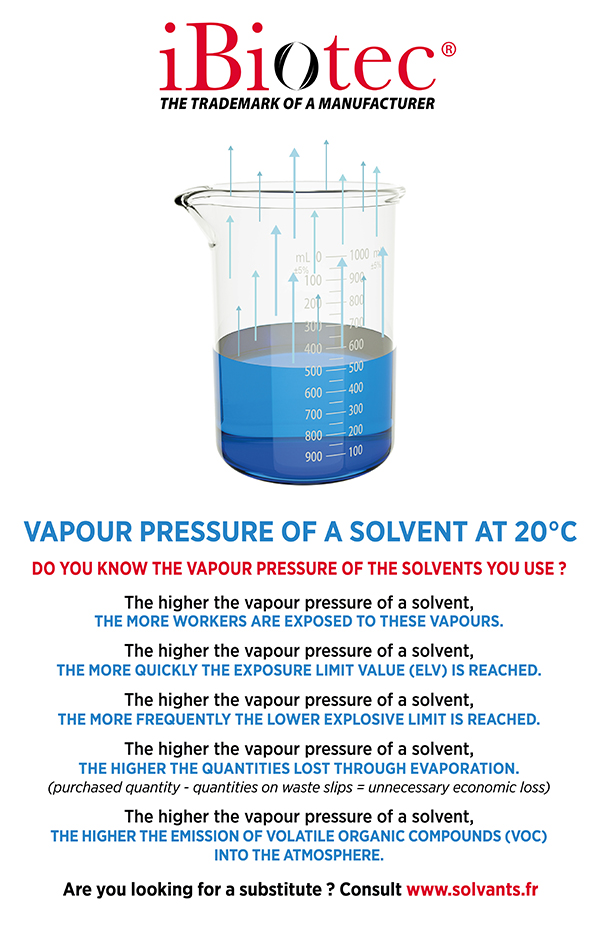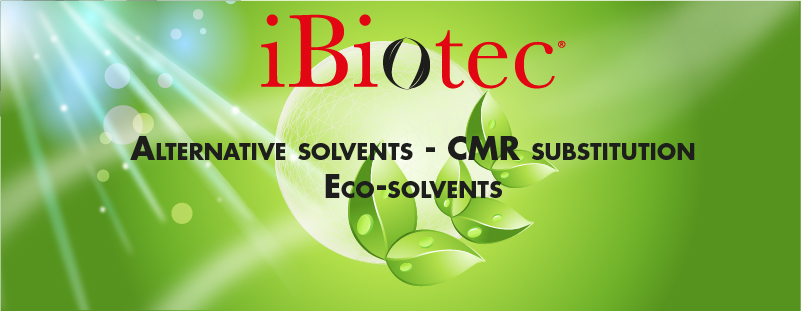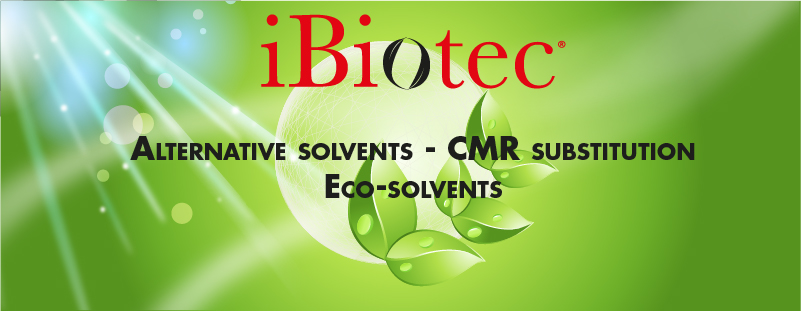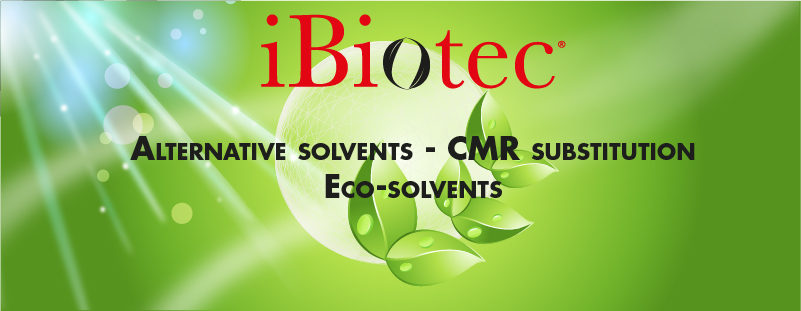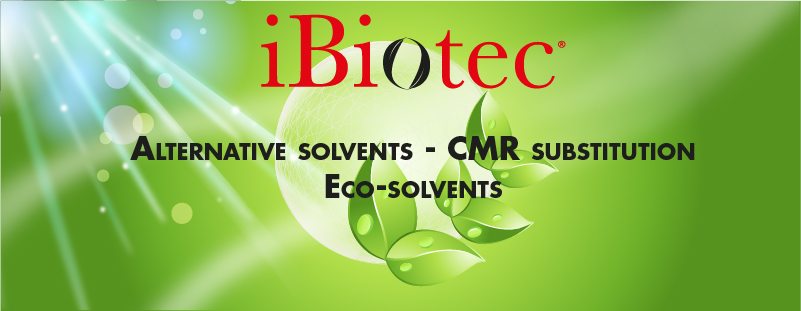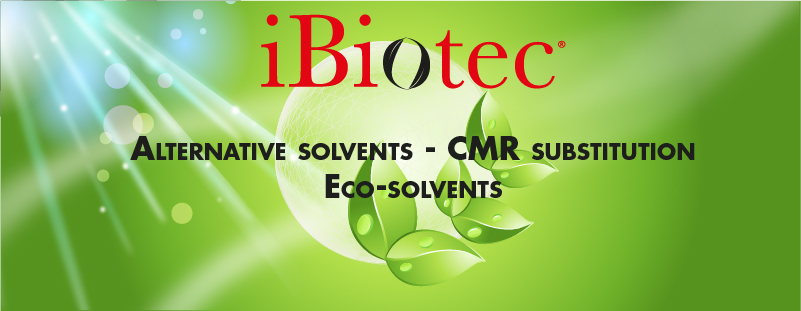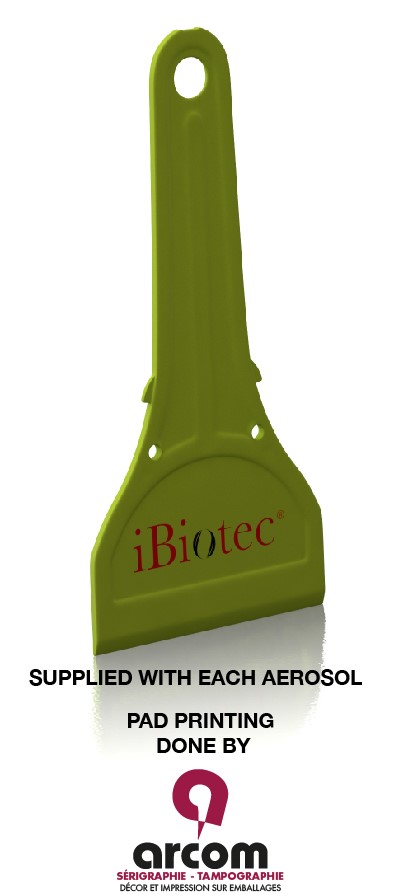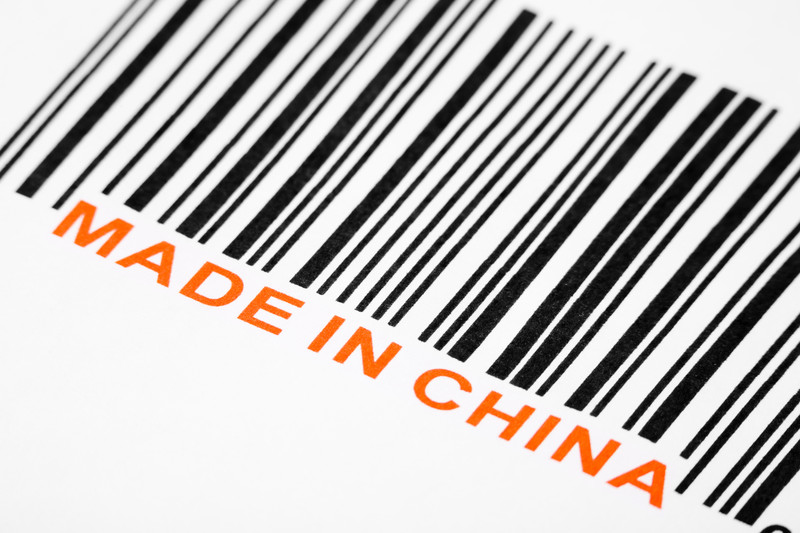
NEUTRALENE Label Stripper
UNSTICKS LABELS AND STICKERS
ELIMINATES TRACES OF FELT TIP AND MARKER PENS
Guarantee of absence of ketones and without aromatic properties
Based on orange peel extract
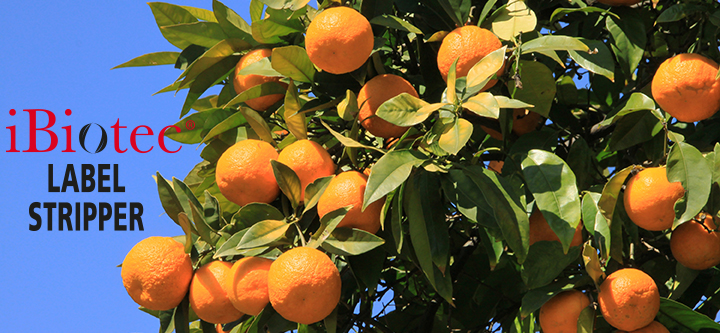
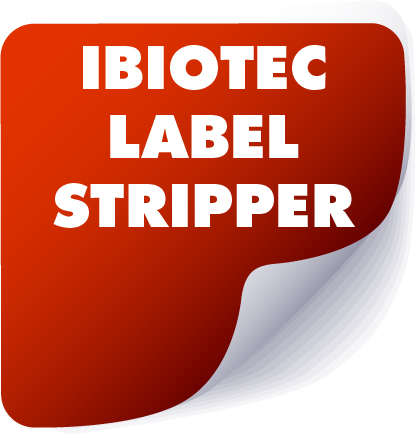
Rapidly unsticks adhesive and
auto-stick labels
by impregnation, infiltration and dissolution
Particularly efficient on permanent and extra-permanent
synthetic adhesives and in very cold areas
including on strongly cohesive media
Also eliminates stickers, thumbnails,
adhesive tapes, marking tapes,
residual traces of adhesives, transfers (VOID)
or traces of contact glues, markers
or felt tips on non-porous media
Number of uses X 3
Atmospheric non-flammable propellant gas of natural origin
No Butane / Propane / COV – extremely flammable
Guaranteed absence of fluorinated HFC greenhouse gases
Directive F. Gases 5017.2014
PROPERTIES
Synergy of solvents, conceived specifically for unsticking (by infiltration) of all
auto-sticking labels, followed by dilution and then cleaning of the adhesives / contact adhesives.
Can be used on all media (plastics and elastomers).
Do a preliminary trial with polystyrenes and polycarbonates sensitive to organic solvents.
Spray directly on the label, allow it to act for a few minutes than unstick it.
Repeat the operation if necessary.
Wipe away traces of glue with a soft cloth on sensitive materials.
For labels which are made with a highly waterproof finishing varnish (such as kapton), lightly scratch the label first, in order to promote the impregnation of the product.
Aerosol 650 ml
 |
|
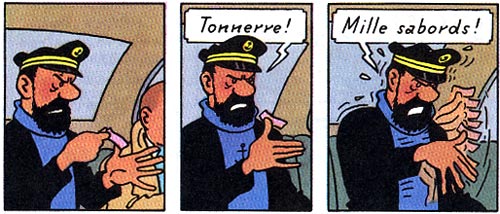
Getting rid of an adhesive has always been a real problem!
|
|
 |
| Neutralène Label Stripper eliminates all barcode labels | Elimination of old stickers |
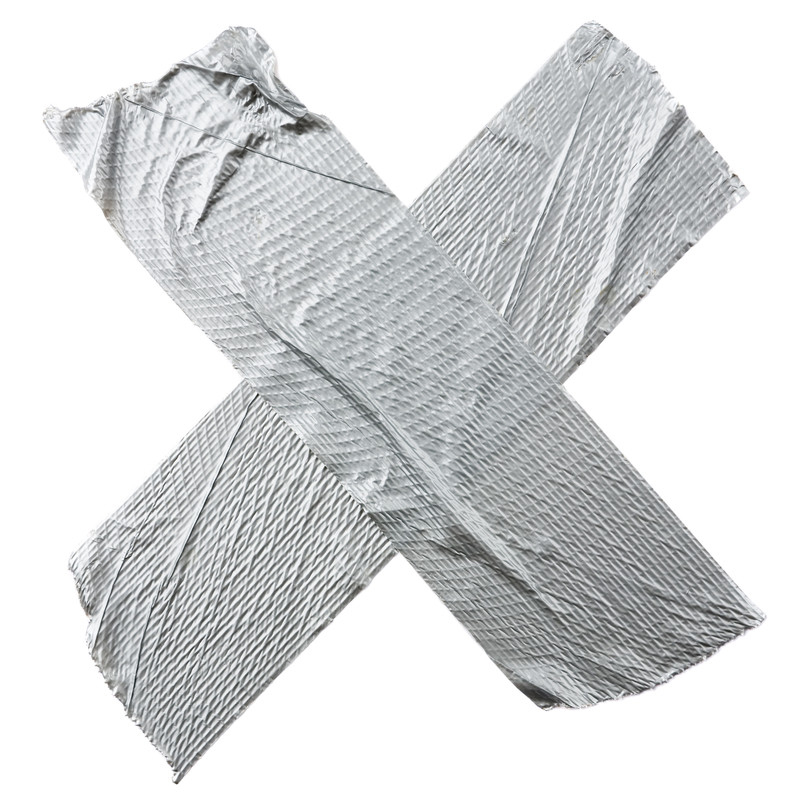 |
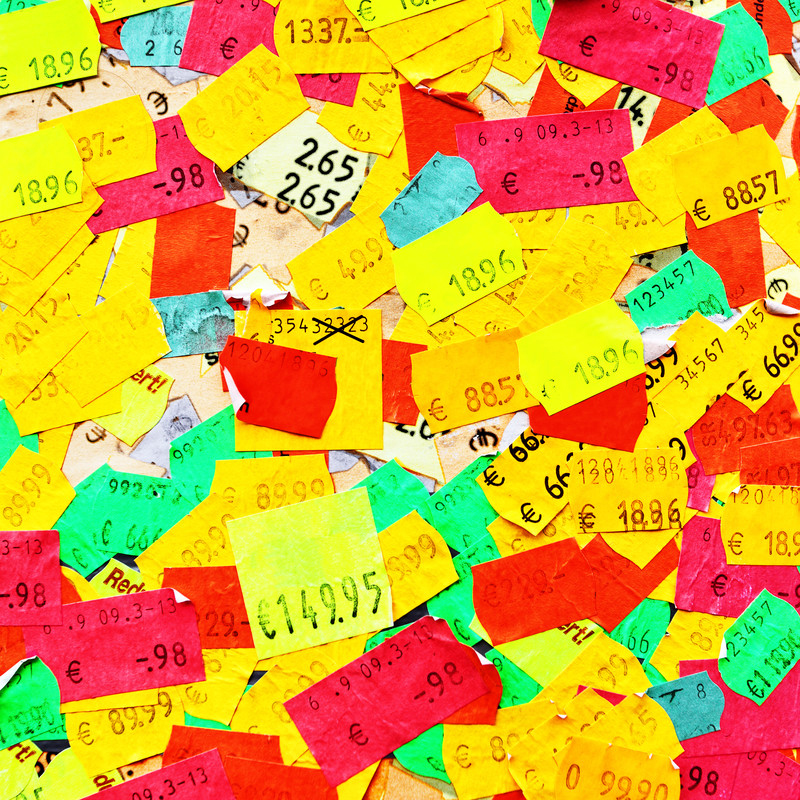 |
| Dissolution and elimination of old traces of gaffer adhesives | Price changing |
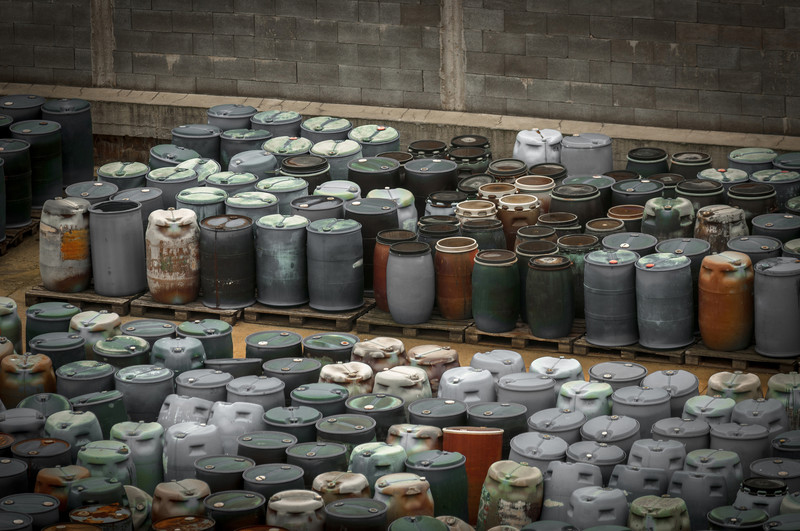 |
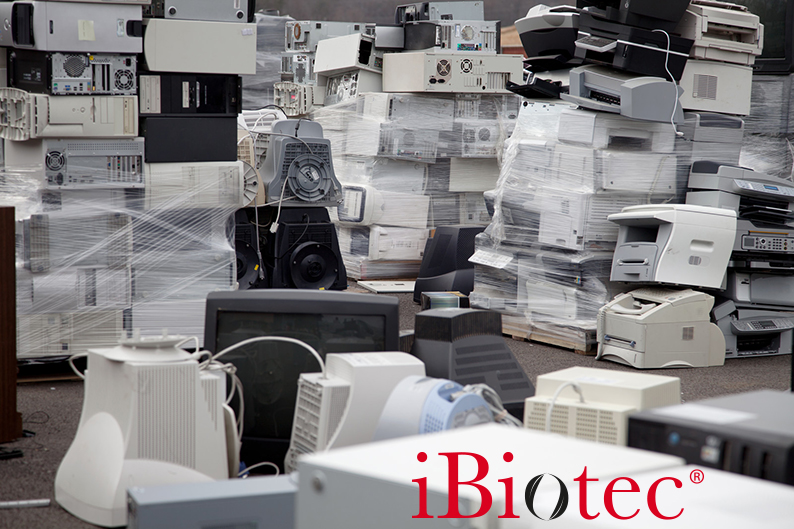 |
|
Elimination of security and transportation labels prior to recycling of packaging |
Recycling of office materials |
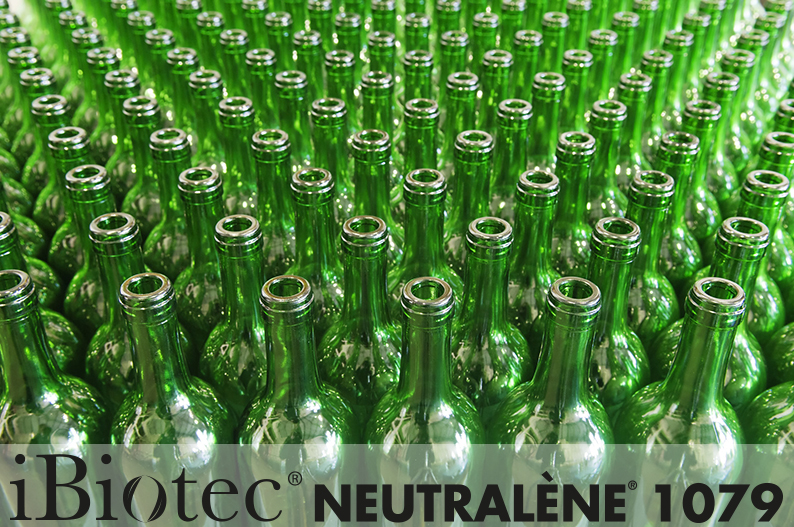
SPECIAL CASE: GLASS BOTTLES
For several years, in the field of viniculture, milk was used to stick labels. Then casein was used – casein was also an option for "sticking" wine (clarifying it) in place of bentone.
With wines also being valued for their visuals, modern adhesive labels have sometimes taken the place of traditional "dry" labels.
Label stripper is recommended for adhesive labels rather than dry labels. Identifying them is easy; "adhesive" labels very often have a matte, satin or shiny finishing varnish.
The use of aerosols is not suitable in glass recovery and recycling facilities: it’s a matter of rapid unsticking of labels on a large number of units. In such gases, bottles are pre-immersed in a bath, then washed.
In certain European countries, such as Germany, bottle recycling is obligatory; in others, like Spain, it is reserved for recycled hollow bodies, 1,200 grammes, engraved bottles…
iBiotec has developed an immersion processing and cleaning product for hollow glasses: NEUTRALENE 1079 www.solvantsanscovfreesolvent.com
Can be used in cold or hot environments, pure, can be mixed with water, water-rinsable, biodegradable, no COV properties, no smell, no danger pictogramme.
NEUTRALENE 1079 also has no effect on ABS; this allows for recycling of large scale office materials.
NOMENCLATURE OF ADHESIVES & ADHESIVE AGENTS FOR LABELS
Labels are grouped in 2 families:
“Dry” labels
Adhesive agents can be of the following origin types:
. Vegetable starches, other starches, dextrins, ethers, esters, cellulose, lacquers, lignins, algins, alginates...
. Animal gelatins, albumin, casein
. Silicate minerals
Dry labels are generally selected for their low cost, and to fulfill the conditions of environmental directives (this is the case with packaging in particular).
Their elimination depends mainly on the time spent unsticking them; water, hot water, water with caustic soda additive in the recycling of cheap glass bottles; with vinegar, with alcohol. These hints and tips are not suitable when it comes to removing adhesive labels.
Adhesive or auto-stick labels
Adhesive is synthetic
Formaldehydes, vinyls, acrylics, styrene-butadienes, acrylonitriles, polyesters, poly-chloroprenes, neoprenes, poly-isoprenes, poly-butadienes, thermosetting, thermoplastics, elastomers.
Adhesive labels are retained for their durability, their (increasingly powerful) “probe tack”, their mechanical characteristics, and their resistance to temperature and UV – this is especially true in the domain of packaging for marketing purposes; the container sometimes needs to be visually imposed in an undifferentiated context.
Unsticking an adhesive or auto-stick label is a matter of being able to unstick it quickly and in one go i.e. fully.
PHYSICAL-CHEMICAL CHARACTERISTICS
|
CHARACTERISTICS |
NORMS |
VALUES |
UNITS |
|
Aspect |
Visual |
Limpid |
- |
|
Colour* |
Visual |
Wan |
- |
|
Smell |
Olfactory |
Citrus |
- |
|
Density at 25°C |
NF EN ISO 12185 |
817 |
kg/m3 |
|
Refractive index |
ISO 5661 |
1.4450 |
- |
|
Freezing point |
ISO 3016 |
-50 |
°C |
|
Solubility in water |
- |
Insoluble |
% |
|
Kinematic viscosity at 40°C |
NF EN 3104 |
1.3 |
mm²/s |
|
Acid index |
EN 14104 |
<0.1 |
mg(KOH)/g |
|
Iodine index |
NF EN 14111 |
0 |
gI2/100g |
|
Water content |
NF ISO 6296 |
0.003 |
% |
|
Residue after evaporation |
NF T 30-084 |
0 |
% |
|
PERFORMANCE CHARACTERISTICS |
|||
|
CHARACTERISTICS |
NORMS |
VALUES |
UNITS |
|
Kauri Butanol Index |
ASTM D 1133 |
198 |
- |
|
Evaporation speed |
- |
36 |
min |
|
Superficial tension at 20°C |
ISO 6295 |
21.4 |
dynes/cm |
|
Copper blade corrosion – 100 hours at 40°C |
ISO 2160 |
1a |
listing |
|
FIRE SAFETY CHARACTERISTICS |
|||
|
CHARACTERISTICS |
NORMS |
VALUES |
UNITS |
|
Flash point (isolation) |
ISO 2719 |
57 |
°C |
|
Self-ignition point |
ASTM E 659 |
> 230 |
°C |
|
Lower explosive limit |
NF EN 1839 |
0.7 |
% (volume) |
|
Upper explosive limit |
NF EN 1839 |
7.0 |
% (volume) |
|
TOXICOLOGICAL CHARACTERISTICS |
|||
|
CHARACTERISTICS |
NORMS |
VALUES |
UNITS |
|
CMR substances content |
CLP regulation |
0 |
% |
|
Residual methanol content (product of transesterification) |
GC-MS |
0 |
% |
|
ENVIRONMENTAL CHARACTERISTICS |
|||
|
CHARACTERISTICS |
NORMS |
VALUES |
UNITS |
|
Biodegradability |
OCDE 301 |
easily biodegradable |
- |
|
Steam pressure at 20°C |
- |
0.38 |
hPa |
|
OVC (Organic-Volatile Compounds) content |
- |
100 |
% |
|
Sulphur content |
GC MS |
0 |
% |
|
Benzene content |
ASTM D6229 |
0 |
% |
|
Total halogen content |
GC MS |
0 |
% |
|
Chlorinated solvents content |
- |
0.00 |
% |
|
Aromatic solvents content |
- |
0.00 |
% |
|
Content of compounds with PRP factor |
- |
0 |
% |
|
Content of compounds with ODP factor |
- |
0 |
% |
Download the technical sheet
